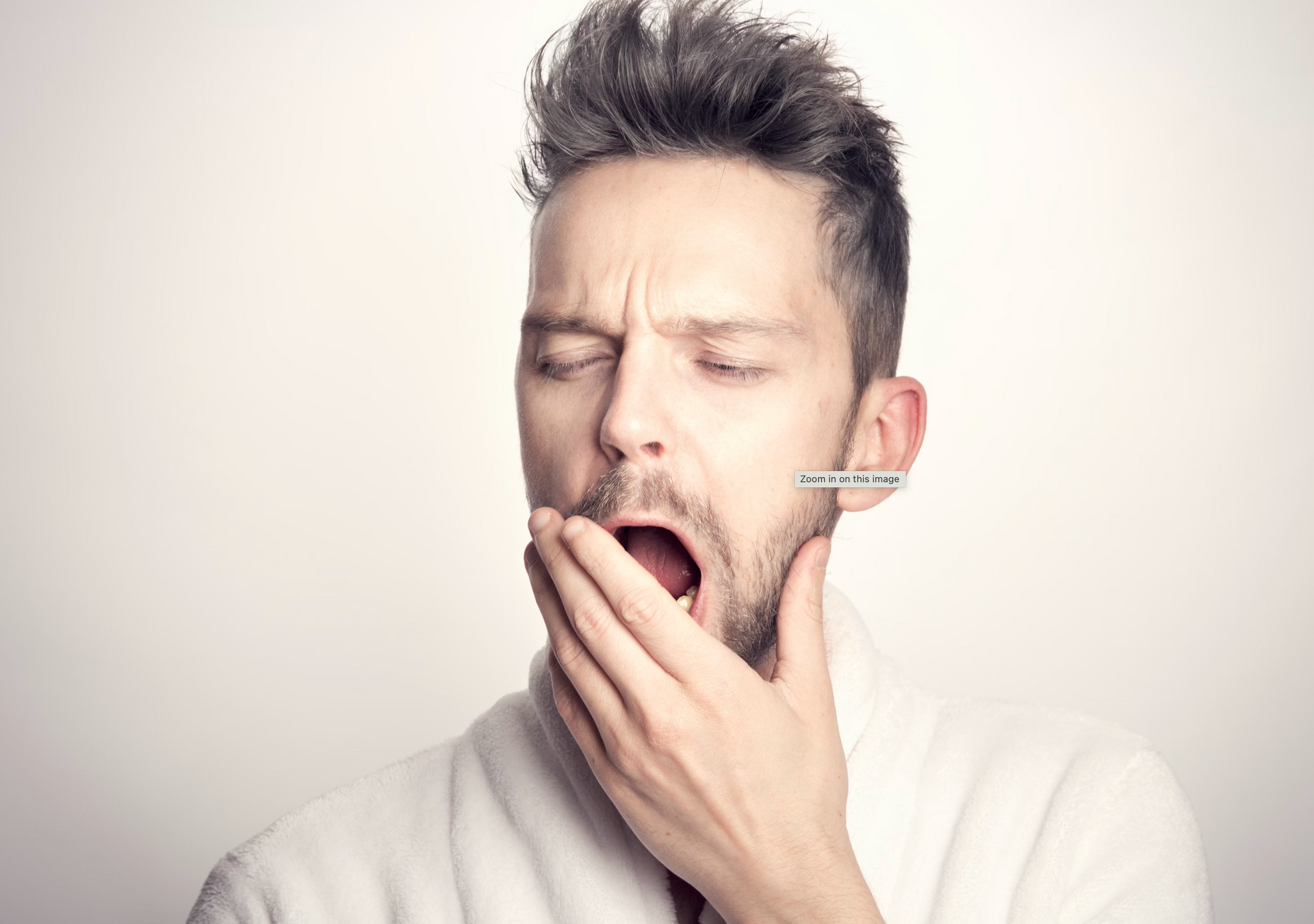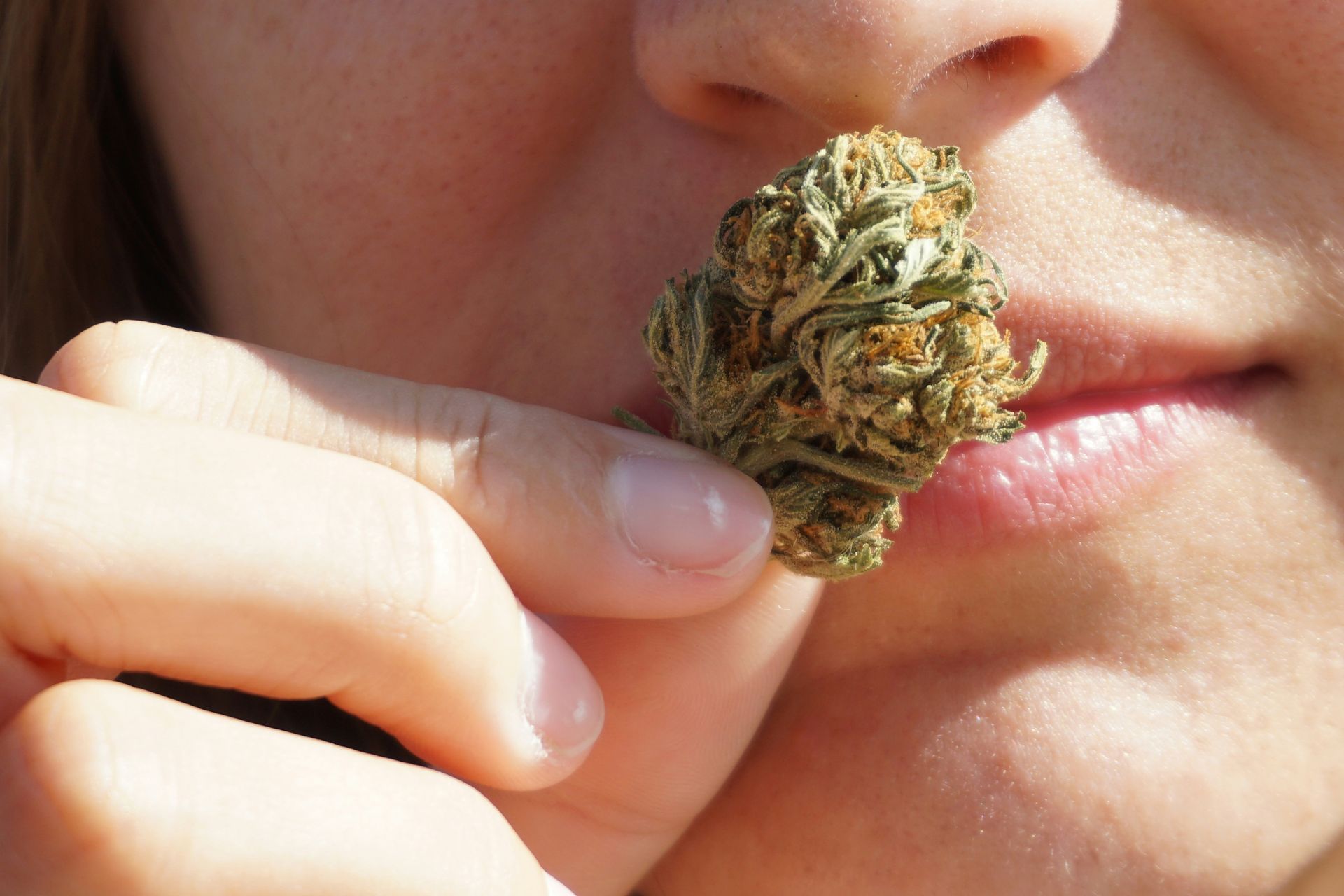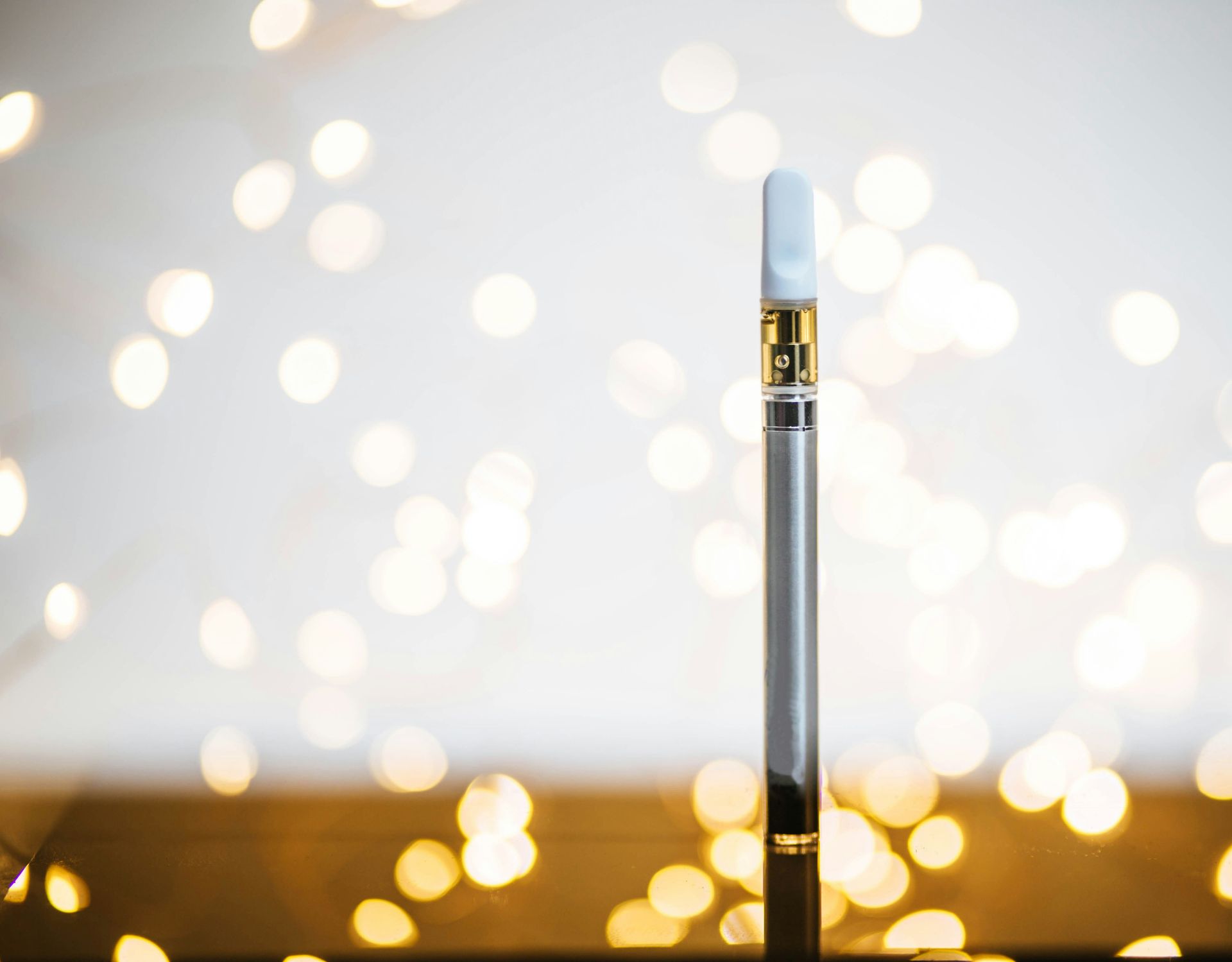
Have you ever wondered why using marijuana often results in feeling sleepy or drowsy? Marijuana, also known as cannabis, has long been associated with inducing a state of relaxation and sleepiness in its users. While some seek out cannabis for its potential to alleviate insomnia and promote restful sleep, others find themselves unexpectedly drowsy after its consumption. This phenomenon has sparked curiosity and debate among researchers and users alike.
In this blog, we delve into the chemical compounds found in the cannabis plant and how they interact with the body's systems. By exploring the mechanisms at play, we can gain a better understanding of why marijuana can induce feelings of drowsiness and fatigue.
What Are the Physiological Mechanisms Behind Marijuana-Induced Sleepiness?
Marijuana-induced sleepiness is primarily due to the effect of THC on the endocannabinoid system in the brain. THC interacts with cannabinoid receptors in the brain, specifically in the hypothalamus and amygdala, to suppress activity and promote relaxation. This interaction leads to an increase in the production of adenosine, a neurotransmitter that induces drowsiness. Additionally, THC can also affect serotonin and dopamine levels, further contributing to feelings of sleepiness.
Which Components of Marijuana Contribute to Its Sleep-inducing Effects?
The sleep-inducing effects of marijuana are primarily attributed to cannabinoids like THC (tetrahydrocannabinol) and certain terpenes such as myrcene. THC, a psychoactive compound, binds to CB1 receptors in the brain, promoting relaxation and sedation. CBD (cannabidiol), another cannabinoid, may indirectly influence sleep by modulating anxiety and stress. Different strains of cannabis containing varying ratios of THC to CBD can affect sleep patterns differently, with THC often inducing drowsiness and CBD potentially promoting more balanced sleep.
How Does Marijuana Affect the Sleep-Wake Cycle and Sleep Architecture?
Marijuana affects the sleep-wake cycle by altering sleep architecture, particularly REM (rapid eye movement) sleep. While it can decrease the time taken to fall asleep and increase overall sleep duration, it often reduces REM sleep. Regular use may also disrupt the natural sleep cycle, decreasing sleep quality over a period of time. These sleep stages and duration changes can vary based on individual factors and the specific cannabis strain or dosage consumed.
Are There Individual Differences in How People Respond to Marijuana's Sleep-inducing Effects?
Individual responses to marijuana's sleep-inducing effects vary due to factors such as tolerance, genetics, and previous cannabis use. Tolerance levels can influence susceptibility to sleepiness, with regular cannabis users potentially experiencing reduced sedative effects over time. Genetic variations may affect how individuals metabolize cannabinoids, impacting their response. Additionally, differences in previous cannabis use patterns and individual sensitivity contribute to variations in experiencing heightened drowsiness or minimal effects after marijuana consumption.
What Are the Potential Benefits of Using Marijuana for Improving Sleep?
Marijuana shows promise in improving sleep by reducing sleep onset latency and increasing overall sleep duration, potentially benefiting individuals with insomnia or other sleep disorders. Compared to traditional sleep medications, marijuana may offer a more natural alternative with fewer undesirable side effects like next-day grogginess. However, its long-term effect and safety profile relative to conventional treatments require further research, particularly considering individual differences in response and potential risks associated with cannabis use.
Are There Risks or Side Effects Associated With Using Marijuana to Promote Sleepiness?
There are risks associated with using marijuana to promote sleepiness, such as impaired judgment and coordination, memory issues, and an increased risk of anxiety or depression. Short-term consequences include drowsiness and difficulty concentrating, while long-term effects can include respiratory issues and cognitive impairment. Concerns about addiction, tolerance, and withdrawal symptoms are also present, making it important to carefully consider the potential risks before relying on marijuana as a sleep aid.
How Can Individuals Optimize the Sleep-inducing Effects of Marijuana?
Individuals can optimize marijuana's sleep-inducing effects by selecting strains high in THC or with balanced THC:CBD ratios. The dose of cannabis should be personalized, starting low to minimize adverse side effects and gradually increasing as needed. Inhalation methods like vaping or smoking provide a faster onset, while edibles offer longer-lasting effects. Incorporating good sleep hygiene practices such as maintaining a consistent sleep schedule, creating a relaxing bedtime routine, and minimizing screen time before bed can enhance the beneficial impact of marijuana on sleep.
What Does Scientific Research Say About Marijuana's Effects on Sleepiness?
Scientific research has found that marijuana use can lead to increased sleepiness due to its sedative effects. Some studies have reported that while marijuana can help people fall asleep faster, it may also decrease the overall quality of sleep by reducing REM sleep. Additionally, there are concerns about the long-term effects of marijuana on sleep patterns and the potential for dependence. However, there are still gaps in research regarding the optimal dosage, specific effects on different sleep disorders, and long-term consequences of regular use. Further research is needed to understand marijuana's impact on sleep fully.
How Can Individuals Manage Excessive Sleepiness or Grogginess After Using Marijuana?
Individuals can manage excessive sleepiness or grogginess after using marijuana by staying hydrated, getting some exercise, and eating a healthy meal. To mitigate the sedative effects of marijuana during waking hours, individuals can try consuming caffeine or taking a cold shower to help them wake up. If someone experiences lingering sleepiness or impaired functioning, they should avoid driving or operating heavy machinery and consider speaking with a medical professional for advice.
What Alternatives Are Available for Improving Sleep Without Using Marijuana?
Alternative methods for improving sleep without marijuana include cognitive-behavioral therapy for insomnia (CBT-I), relaxation techniques, and establishing a consistent bedtime routine. Non-pharmacological interventions like mindfulness meditation, yoga, and sleep hygiene practices like creating a comfortable sleep environment can also aid sleep. Lifestyle changes like regular exercise, limiting caffeine and alcohol intake, and managing stress can promote better sleep quality without resorting to cannabis.
In conclusion, the sedative effects of marijuana on sleep highlight its potential as a sleep aid. However, its propensity to induce sleepiness varies, influenced by individual factors and consumption patterns. While some benefit from its relaxing effects, others may experience excessive drowsiness. Acknowledging these nuances underscores the importance of informed use and considering alternative approaches when managing sleep disturbances. Ultimately, a balanced perspective ensures the safe and effective utilization of marijuana's sleep-inducing properties.






